Celery (Apium graveolens) is part of the Apiaceae family, which includes carrots, parsnips, parsley, and celeriac. This green vegetable contains nutrients, including flavonoids, vitamin c, lunularin, and bergapten. Celery plants can be quickly grown in raised beds or in-ground in backyard gardens.
It has a long maturation period and can benefit from its companion plants in the garden bed. Celery companion plants serve different purposes; some will deter pests, some will preserve moisture and suppress weeds, and some will enhance growth by increasing soil fertility. Aside from this, companion planting uses your garden space more efficiently and allows you to harvest more varieties in a given area.
30 Celery Companion Plants
1. Onions
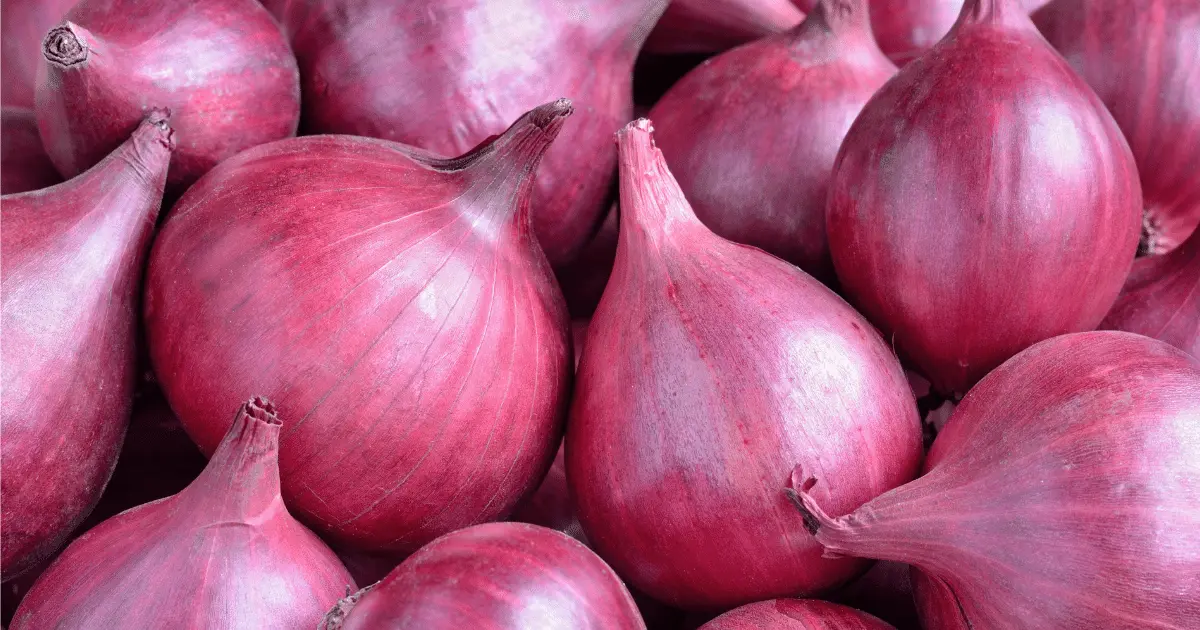
Onions (Allium cepa) are botanically part of the lily family, along with garlic, shallots, and leeks. Onions form the basis of various dishes, whether eaten raw, sautéed, baked, steamed, or boiled. Onions are also loaded with plant chemicals, including flavonoids, which have both an antioxidant and anti-inflammatory effect.
Benefits: Onions can enhance the taste of celery, bringing added sweetness to its stalks. Onions release a substance into the soil that can repel underground insects seeking plant roots.
Popular varieties: ‘Welsh onions,’ ‘Pearl onions,’ ‘Sweet onions,’ and ‘Red onions.’
2. Snapdragons

Snapdragons (Antirrhinum) are commonly known as dragon flowers because they resemble the face of a dragon that opens and closes its mouth when squeezed. This garden perennial comes in wide varieties and sizes, from a few inches tall to spires approaching 4 feet. They thrive best in rich, well-draining soil in a sunny location, though they can tolerate partial shade.
Benefits: Snapdragons attract many bees and pollinators to your garden and deter pests that attack your celery plants.
Popular Varieties: ‘Tall Snapdragons,’ ‘Chantilly series,’ ‘Dwarf Snapdragons,’ ‘Floral Showers series.’
3. Chamomile

Chamomile (Matricaria chamomilla) is an herb that has been used as a traditional medicine for years as a digestive relaxant. Chamomile can be used for underplanting in a vegetable garden to soften rock wall edges.
The plant will thrive best if grown in rich, organic soil. They can also survive in poorer mixtures, but it will cause their stems to be floppier.
Benefits: When planted with celery, chamomile can improve the taste of celery plants. They spread widely, so limit them to one plant to 150 feet.
Popular Varieties: ‘German chamomile,’ ‘Roman chamomile.’
4. Leeks

Leeks (Allium porrum) are closely related to garlic, chives, shallots, and onions. Leeks are one of the most expensive onion varieties in the market. They can be boiled, braised, fried, or roasted.
Leeks thrive best in traditional garden beds, raised beds, or tall containers. Plant them in a sunny spot in fertile, well-draining soil.
Benefits: Just like onions, leeks’ anti-fungal properties work as a natural insect repellent within the soil. As Leeks grow taller, they’ll provide shade for the celery plant.
Popular Varieties: ‘Almera Leek,’ ‘Atlantic Leek,’ ‘Axima Leek,’ ‘Blue Solaise Leek,’ ‘Carentan Leek.’
5. Kale

Kale (Brassica oleracea var. sabellica) is a cruciferous vegetable, like cabbage, broccoli, cauliflower, collard greens, and Brussels. Kale is filled with fiber and sulfur, both great for supporting your body’s natural detoxification process.
Benefits: Kale and celery are an ideal combination. When planted together, they will help each other out.
Popular Varieties: ‘Red Russian,’ ‘Siberian Kale,’ ‘Redbor Kale,’ ‘Common Curly Kale.’
6. Broccoli

Broccoli (Brassica Oleracea var. Italica) is an edible green plant in the cabbage family grown for its edible flower buds and stalk. It is high in dietary fiber and several vitamins and minerals, including potassium, folic acid, and vitamins—plant broccoli in a bed of moist, fertile soil that drains well. Space the plants 12 to 24 inches apart to provide more space between plants and encourage larger central heads.
Benefits: When planted next to celery, the celery plant will grow better in the shade that broccoli provides.
Popular Varieties: ‘Eastern Magic,’ ‘Green Magic,’ ‘Romanesco,’ ‘Belstar.’
7. Rosemary

Rosemary (Salvia Rosmarinus) is an herb commonly used in savory cooking. The plant has small, pale-blue flowers bloom in late winter and early spring.
Benefits: The strong scent of rosemary herbs repels pests that can infest celery.
Popular Varieties: ‘Tuscan Blue,’ ‘Majorca Pink,’ ‘Arp,’ ‘Albiflorus,’ ‘Huntington’
8. Nasturtiums
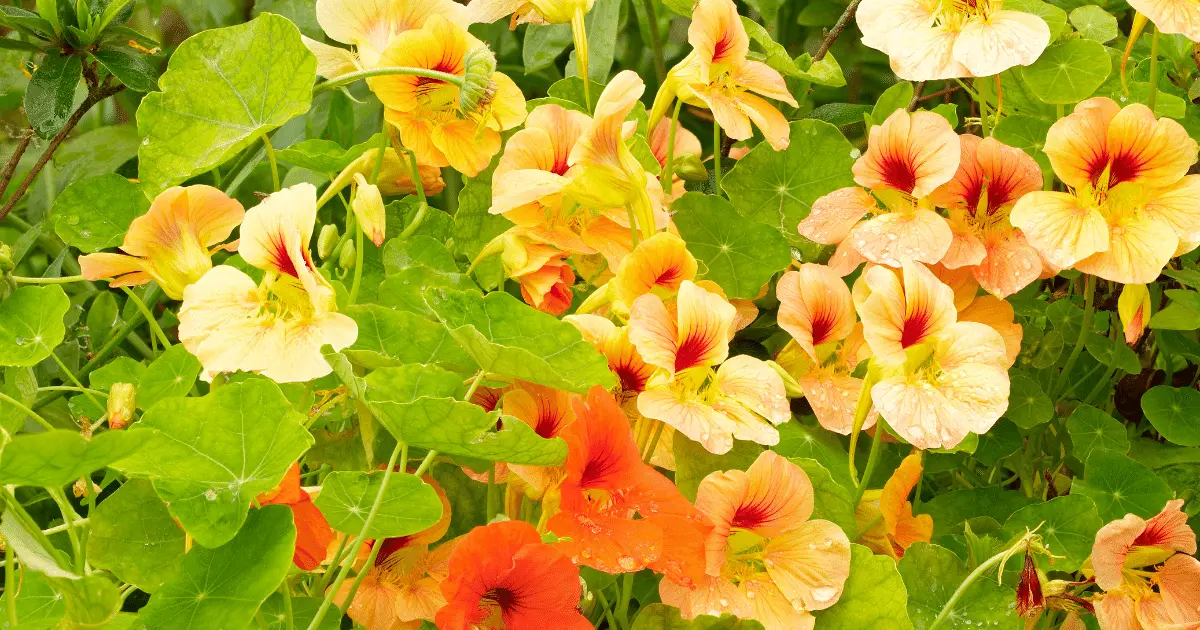
Nasturtiums (Tropaeolum majus) have beautifully bright-colored flowers that are incredibly easy to grow and care for. Nasturtiums grow best in poor soils; the leaves, seeds, flowers, and flower pods are edible.
Benefits: Nasturtiums can be used as a sacrificial plant to lure aphids away from celery and other vegetables.
Popular Varieties: ‘Indian Chief,’ ‘Black Velvet,’ ‘Apricot,’ ‘Fiery Festival.’
9. Daisies

Daisies (Bellis perennis) are among the most popular perennial flowers planted in garden beds and pots worldwide. Daises are available in many colors, including blue, red, pink, and white. The leaves are oval, oblong, and dark green, with a length of about 1.6 inches and a width of 0.8 inches.
Benefits: Daisies attracts many pollinators that will keep the pests away from your celery plants.
Popular Varieties: ‘English Daisy,’ ‘African Daisy,’ ‘Shasta Daisy,’ ‘Cape Daisy,’ and ‘Gerbera Daisy.’
10. Brussels Sprouts
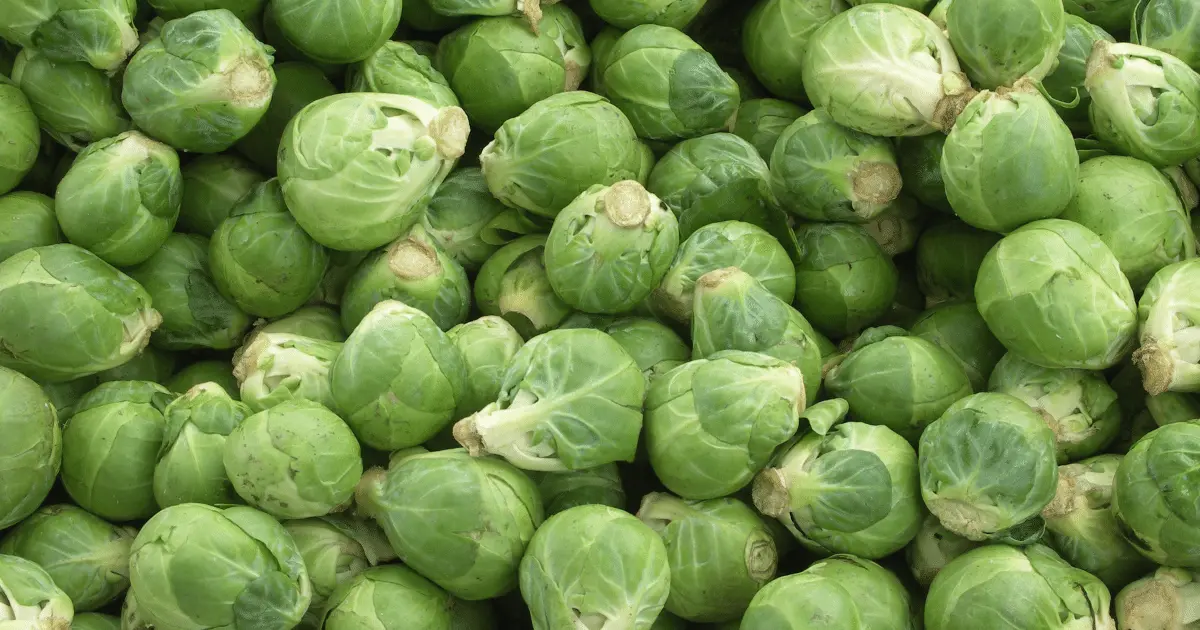
Brussels Sprouts (Brassica oleracea var. gemmifera) are high in fiber, vitamins, minerals, and antioxidants, making them a nutritious addition to your diet.
Benefits: Brussel sprouts and celery complement each other and share similar pests and diseases.
Popular Varieties: Green Gems, Gustus, Catskill, Churchill, Hestia
11. Basil

Basil (Ocimum basilicum) is one of the oldest herbs known to mankind which is cultivated for its edible leaves. Basil can reach 6 feet tall but grows to about 18 to 24 inches or even shorter.
Benefits: Basil attracts many helpful pollinators to your garden, including bees and hoverflies.
Popular Varieties: ‘Green Ruffles,’ ‘Genovese Basil,’ ‘Purple Basil’
12. Sage

Sage (Salvia officinalis) is another excellent celery companion plant. Sage grows to about 12 and 30 inches in height, thrives in well-drained, sandy, loamy soil, and prefers a pH between 6.0 and 7.0.
Benefits: Sage will benefit your celery by keeping many pests away. It will also help to keep weeds away by providing a ground cover.
Popular Varieties: ‘Fruit-scented sage,’ ‘South African sage,’ ‘Clary sage,’ ‘Pineapple sage.’
13. Cosmos
Cosmos (Cosmos spp) are essential plants for many summer gardens, and they are perennial plants that are easy to grow and ideal for cutting gardens. Depending on the variety, this compact plant can produce one to three feet tall with a two-to-three-foot spread. However, some types can reach up to six inches.
Benefits: Cosmos will attract many pollinators, which will deter many pests.
Popular Varieties: ‘Bright lights,’ ‘Pied Piper Red,’ ‘Rubenza,’ ‘Dazzler,’ ‘Daydream.’
14. Beebalm

Beebalm (Monarda) flowers bloom brightly colored whorls with leafy bracts from mid-to-late summer, and the flower colors come in shades of reds, pinks, and violets. Beebalms thrive in an area with full sun and fertile, well-drained soil with a pH of 6.0 to 6.7.
Benefits: Beebalm provides shade for the celery plants and repels insects that may attack the plant.
Popular Varieties: ‘Balmy Pink,’ ‘Balmy Purple,’ ‘Petite Delight,’ ‘Prarienacht,’ ‘Raspberry Wine
15. Oregano

Oregano (Origanum vulgare) is a spice used as a natural antibiotic and an anti-fungal. Its essential oil is sold as an immune booster and has various antimicrobial properties.
Benefits: Not only does oregano attract beneficial pollinators to the celery plant, but its scent also hides the smell of coveted vegetable plants and can help repel destructive pests.
Popular Varieties: ‘Ornamental Oregano,’ ‘Italian Oregano,’ ‘Greek Oregano’
16. Cauliflower

Cauliflower (Brassica oleracea var. botrytis) provides multiple benefits as a companion plant to celery. Cauliflower plants should be planted 60 cm between plants and 60 cm between rows. It thrives best in full sun and rich, moist, well-drained soil with a pH between 6 and 7.
Benefits: Cauliflower and celery are an ideal combo and complement each other. The aromatic leaves of the celery plant will attract insects that are good for cauliflower.
Popular Varieties: ‘Attribute Hybrid,’ ‘Early White Hybrid,’ ‘Depurple Hybrid’
17. Kohlrabi
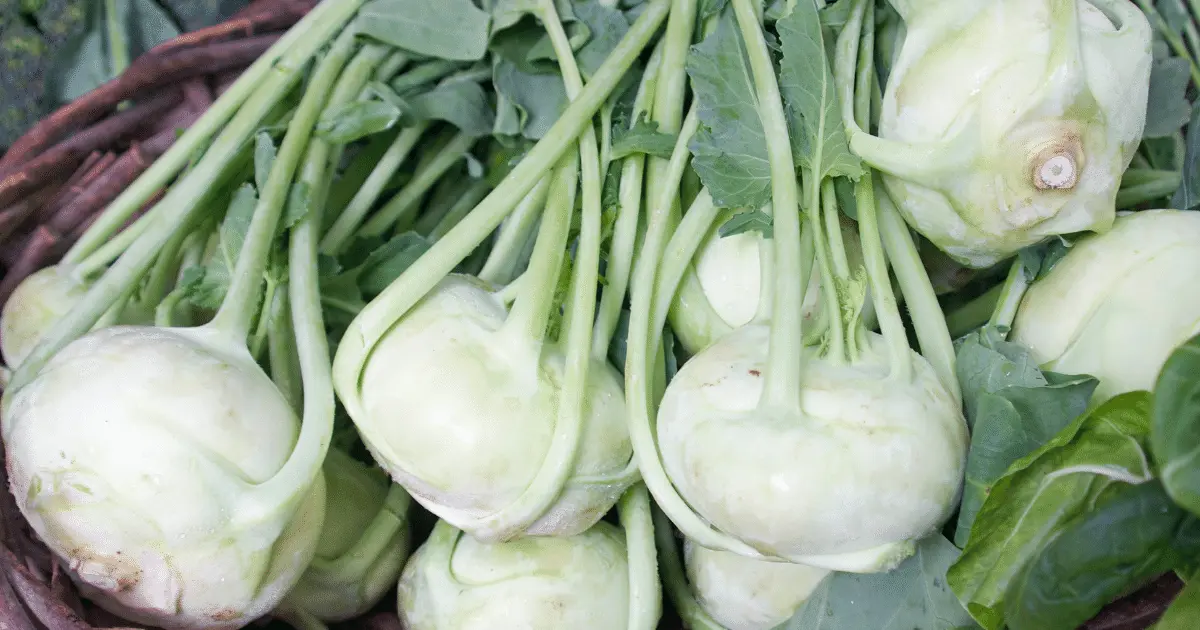
Kohlrabi (Brassica oleracea Gongylodes Group) is grown for its enlarged edible stem. Kohlrabi can be sliced and eaten raw but is commonly cooked and added to soups and other dishes.
Benefits: Kohlrabi and celery grow well without making any fuss. When planted together, celery deters cabbage moths that chew through the leaves of Kohlrabi and can eradicate a harvest.
18. Collard

Collard (Brassica oleracea var. virus) plant produces clusters of small yellow flowers on racemes. The plant can reach 1 m (3.3 ft) in height and is usually grown annually and harvested after one growing season.
Benefits: Collard and celery can be planted together without any harmful consequences.
Popular Varieties: ‘Vates,’ ‘Ole Timey Blue,’ ‘Morris Heading’
19. Thyme
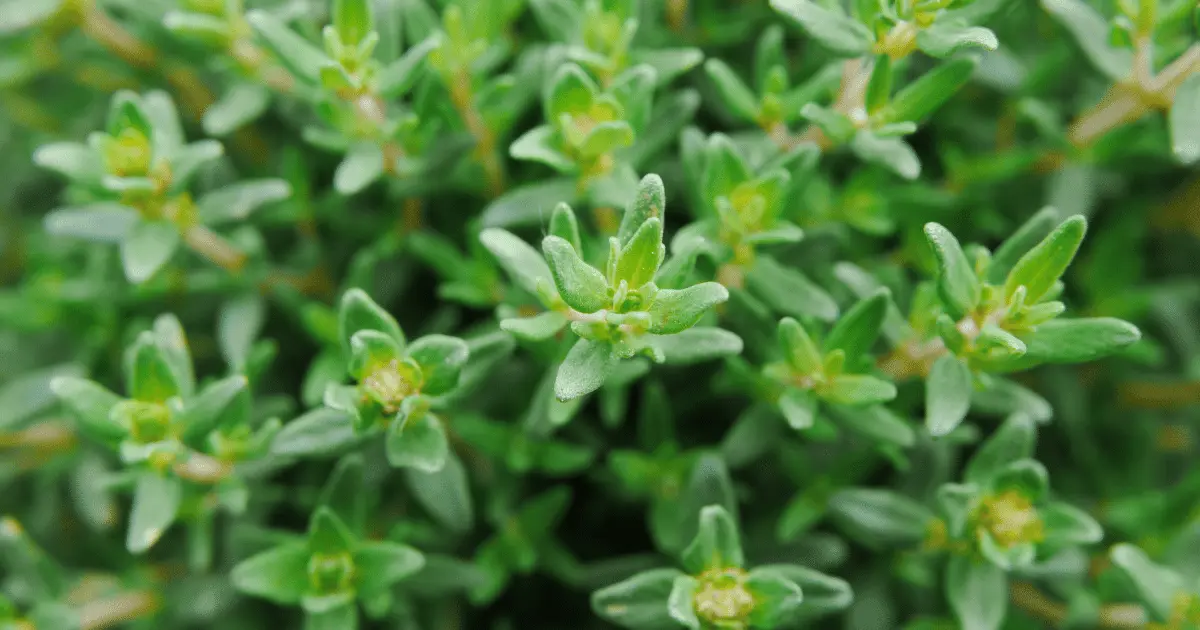
Thyme (Thymus Vulgaris) is known for its strong aroma and flavor of dried leaves and flowering tips. This fragrant herb has antiseptic and antibiotic properties and can be found in the wild and garden beds worldwide.
Benefits: Thyme will attract many helpful insects while its pleasant aroma masks the celery from pests.
Popular Varieties: ‘Effin Thyme,’ ‘Lavender Thyme,’ ‘Silver Thyme.’
20. Coriander

Coriander (Coriandrum Sativum) is the world’s most commonly used herb. It does best in well-drained soil and full sun but will tolerate some shade in the height of summer.
Benefits: When planted with celery, coriander will attract beneficial insects. Its robust scent will disguise your celery from celery leaf miners.
Popular Varieties: ‘Susthira,’ ‘Swathi,’ ‘Sudha,’ ‘Suguna’
21. Tomatoes

Tomatoes (Solanum Lycopersicum) and celery prefer nutrient-rich soil. The only difference is that tomatoes don’t need as much water as celery.
Benefits: Celery prefers to be shaded in full sun. In that case, tomatoes grown with the celery plant will provide shade.
Popular Varieties: ‘Black Krim,’ ‘Cherokee Purple,’ ‘Brandywine’
22. Mint
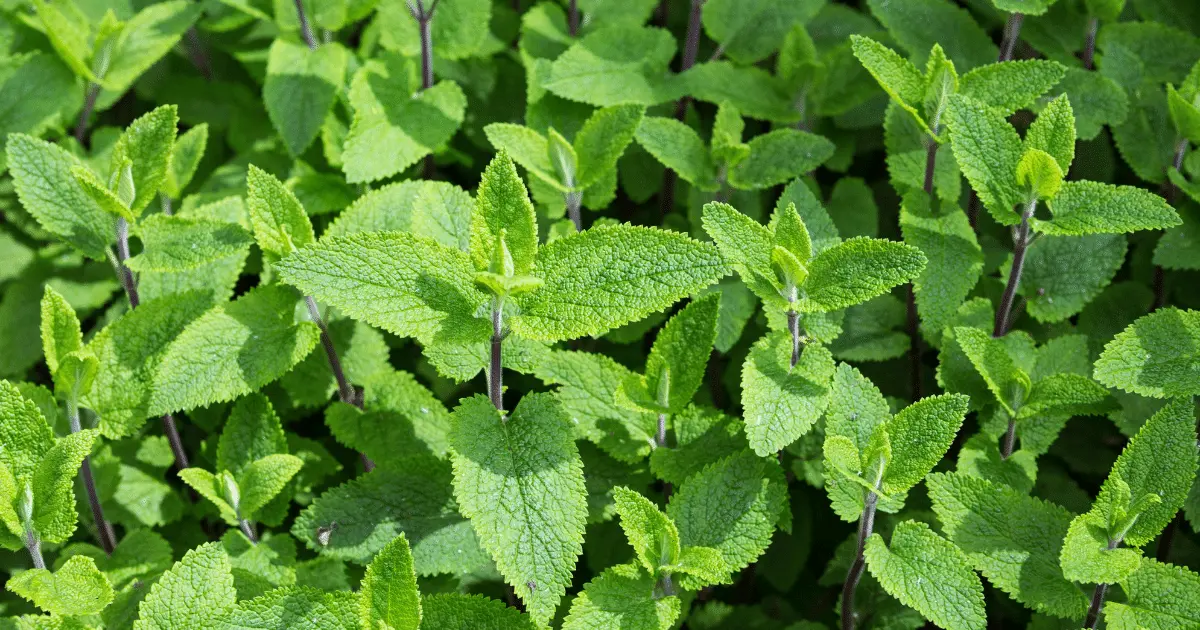
Mint (Mentha spp) is the common name for a dozen plant species, including peppermint and spearmint, that belongs to the genus Mentha.
Benefits: Mint will deter insects and larger animals that want to attack your celery.
Popular Varieties: ‘Mojito mint,’ ‘Spearmint,’ ‘Water mint or brook mint,’ ‘Moroccan mint.’
23. Marigolds
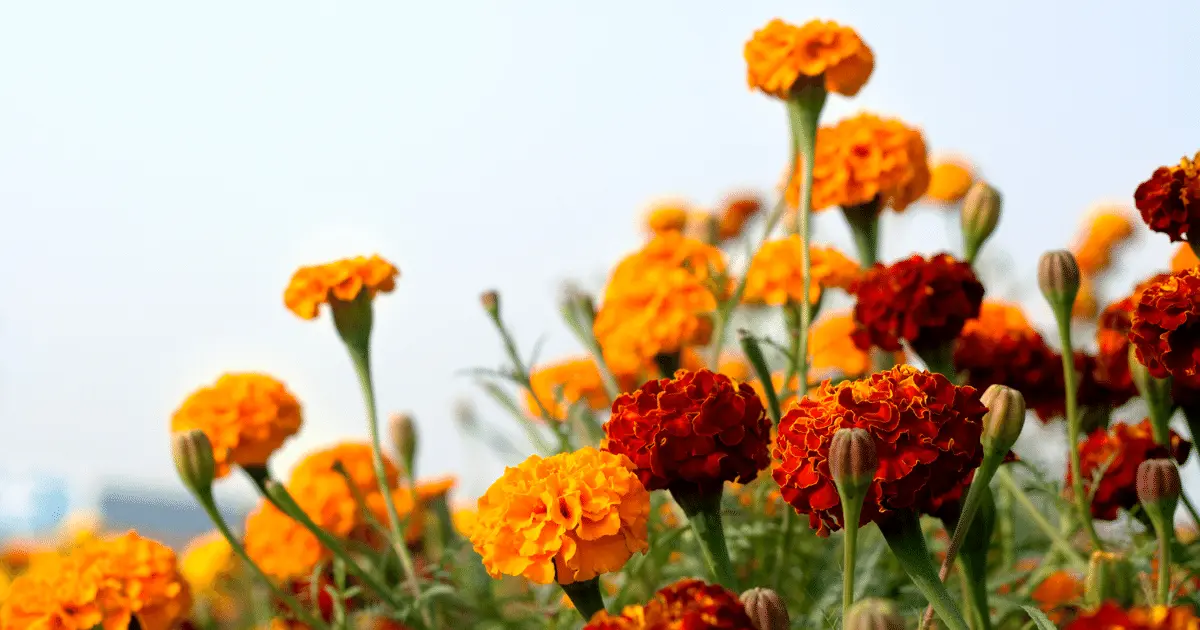
Marigolds (Tagetes) thrive best in full sun and not shady conditions, as it will cause the plants to flower slowly.
Benefits: Marigolds’ strong scent can repel pests from celery. They can also serve as trap crops for slugs that can infest celery.
Popular Varieties: ‘Signet Marigolds,’ ‘Desert Marigolds,’ ‘French Marigold,’ ‘Signet Marigold’
24. Tansy

Tansy (Tanacetum vulgare) is a perennial herbaceous plant used for several digestive tract problems, including nerve pain, joint pain, intestinal ulcers, and gallbladder conditions.
Benefits: Tansy attracts beneficial insects and provides shade to the celery plant.
Popular Varieties: ‘Pyrethrum,’ ‘Chrysanthemum,’ ‘Common tansy,’ ‘garden tansy’
25. Horehound
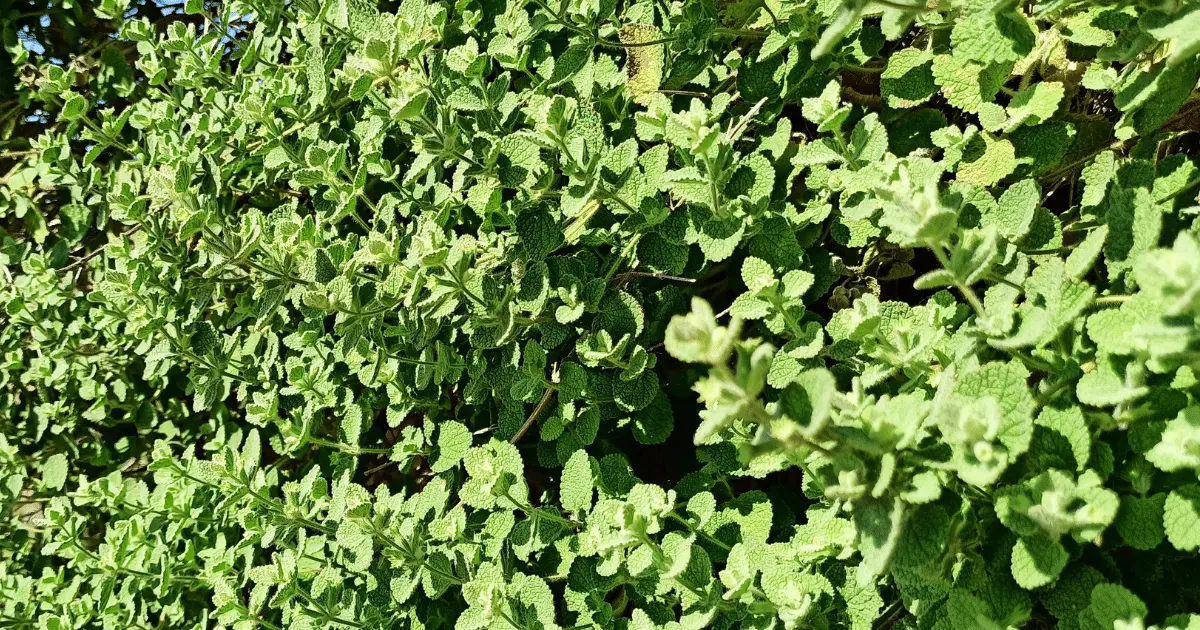
Horehound (Marrubium vulgare) is a perennial plant with small white flowers. Horehound prefers full sun and well-drained soils. It can be planted from seeds, cuttings, and division.
Benefits: Horehound attracts insects like bees and hoverflies to the celery plant.
Popular Varieties: ‘Common Horehound,’ ‘Silver Horehound,’ ‘Spanish Horehound,’ ‘White Horehound.’
26. Beets

Beets (Beta vulgaris subsp. Vulgaris Conditiva Group) is an annual excellent season crop rich in iron with a unique and earthy flavor. Their roots are red, gold, and striped, with gold being sweeter. Beets require full sun for good root development and prefer average, well-drained soil with a pH between 5.8-7.0.
Benefits: Beets will help keep the soil cool and moist.
Popular Varieties: ‘Striped Beets,’ ‘Sugar Beets,’ ‘Mangel-wurzel Beets,’ ‘Cylindra Beets’
27. Cabbage
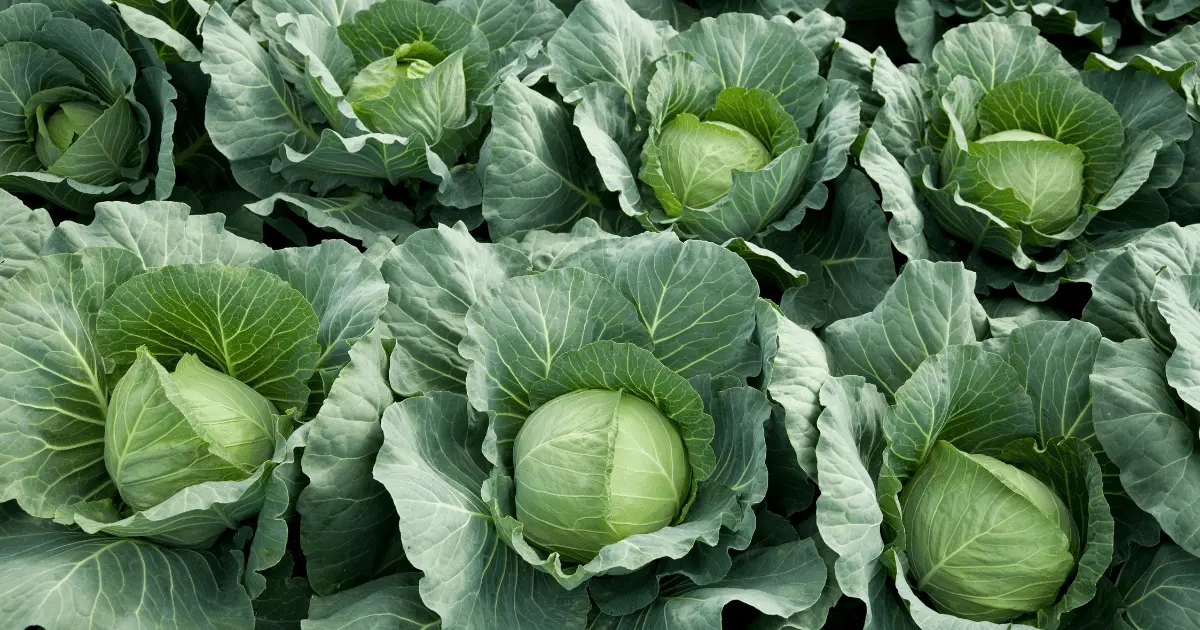
Cabbage (Brassica oleracea var. capitata) is a biennial plant grown as an annual vegetable crop for its dense-leaved heads. Cabbage is prepared in many ways for eating, and it can be pickled, fermented, steamed, stewed, sautéed, braised, or eaten raw.
Benefits: Cabbage and celery are great companion plants. For example, insects such as cabbage white butterfly that attacks the cabbage plant are repelled by the scent of celery.
Popular Varieties: ‘Red cabbage,’ ‘Savoy Cabbage,’ ‘January King Cabbage,’ ‘Choy Sum.’
28. Bush Beans

Bush Beans (Phaseolus Vulgaris) are annual vegetables that grow in six to ten days. They can be planted in rows 2.5 to 3 feet apart, with seeds placed 1 to 2 inches apart. They require at least six hours of direct sunlight a day.
Benefits: Bush beans fix nitrogen in the soil and make the celery plants healthy.
Popular Varieties: ‘Long Podded Cultivars,’ ‘Purple Podded Cultivars,’ ‘Romano Varieties.’
29. Scarlet Runner Beans

Scarlet Runner Beans (Phaseolus coccineus), also known as ‘fire bean,’ ‘mammoth,’ ‘red giant,’ and the scarlet emperor, is a tender herbaceous plant with brilliant flowers and edible fruits. They are used for ornamental purposes or as a vegetable. Scarlet runner beans do well in full sun and loose, organically rich loamy soil with a slightly acidic to neutral soil pH.
Benefits: These plants happily coexist and work well together. Scarlet runner bean fixes nitrogen to the soil, while celery helps repel bean beetles.
Popular Varieties: ‘Scarlet Emperor,’ ‘Painted Lady,’ ‘Red Rum.’
30. Hyssop

Hyssop (Hyssopus officinalis) is a medicinal plant with several properties. It is used as a herb due to its minty odor, spicy taste, and preservatives.
Benefits: The strong scent masks the celery plant and attracts many beneficial insects to your garden.
Popular Varieties: ‘Agastache ‘Black Adder,” ‘Agastache ‘Blue Boa,’ ‘Agastache ‘Blue Fortune.’
Worst Celery Companion Plants
Not all plants are good companions to celery, and here are the worst companion plants for your celery plants.
1. Carrots, parsnips, and turnips
These plants are from the same family as celery, and they can easily disturb the shallow roots of celery during harvest.
2. Corn
Corn can compete for the same nutrients your celery plants need.
3. Potatoes
Potatoes ripen at the same time as your celery plant. Which means you’ll uproot your celery while digging potatoes.
